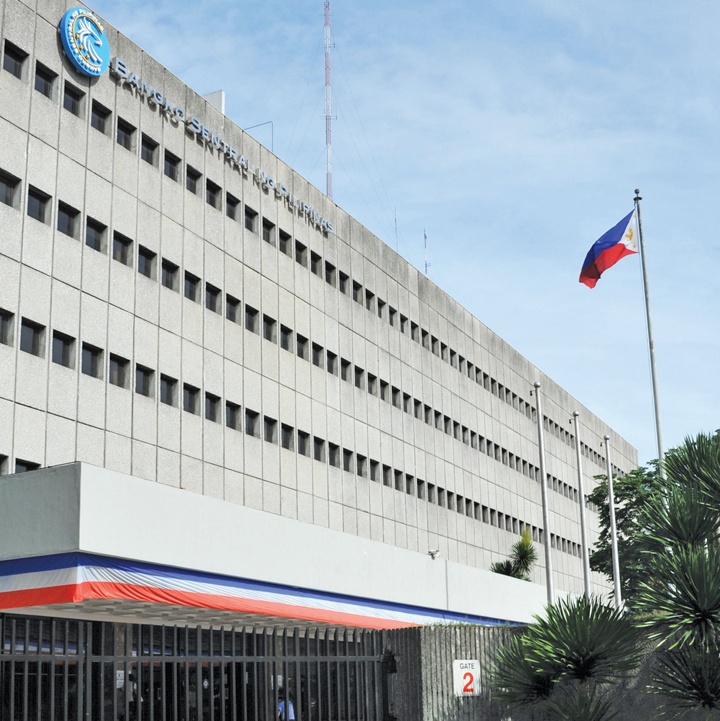
THE country’s dollar defenses continued to grow in July this year, boosting the country’s foreign exchange cushion against potential external shocks.
The Bangko Sentral ng Pilipinas (BSP) reported on Friday that the country’s gross international reserves (GIR) grew by $790 million to $106.55 billion in end-July this year. It is also larger compared to the $98.6-billion GIR level of the country in the same month last year.
The country’s GIR is the level of foreign exchange holdings being managed by the Central Bank during a given period. The GIR is a crucial component of the economy as it is often used to manage the country’s foreign exchange rate against excess volatility.
The BSP said the latest GIR level represents a “more than adequate external liquidity buffer” for the country as it is now equivalent to 12.1 months’ worth of imports of goods and payments of services and primary income.
It is also about 7.7 times the country’s short-term external debt based on original maturity and 5.1 times based on residual maturity.
The BSP attributed the increase to the inflows from the national government’s (NG) net foreign currency deposits with the BSP, which includes proceeds from its issuance of ROP Global Bonds, and upward adjustment in the value of the BSP’s gold holdings due to the increase in the price of gold in the international market.
These were partly offset, however, by the outflows from the NG’s payments of its foreign currency debt obligations and the BSP’s foreign exchange operations.
International analysts have lauded the country’s ability to shore up its dollar defenses during the pandemic.
Recently, Fitch Solutions said the country’s substantial GIR level is expected to limit the country’s risks from running a current account deficit through the medium term.
Earlier this year, S&P Global Ratings also said that the strong external position of the country, particularly evidenced by its “hefty” GIR, is one of the major strengths of the economy amid turbulent times.
“A key rating strength for the Philippines is the country’s external position; the peso’s strength and the Philippines’s rising foreign exchange reserves in the current economic and health crisis are testaments to its external resilience,” S&P earlier said.

